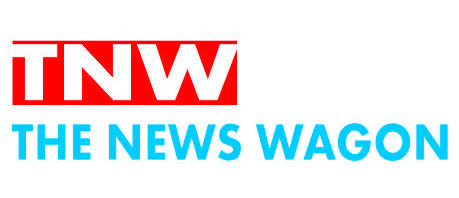Kolkata: India’s biggest private sector lender, HDFC Bank, has paved the way for bringing down the interest rates on various types of retail loans by slashing its Marginal Cost of the Fund-Based Lending Rate, popularly referred to as MCLR. MCLR is the floor rate below which a bank cannot lend and trimming the MCLR automatically reduces the EMI on a range of loans.
According to the bank, it brought down the rates on Wednesday, May 8. The rate of reduction: 10 basis points to 9% on overnight MCLR and one month MCLR. The three-month MCLR was slashed by 15 basis points and was brought down to 9.05% and the six-month MCLR is now at 9.10%. This is the first time that HDFC Bank has reduced interest rates on its loans following the rate cuts by Reserve Bank of India.
What is MCLR: significance for borrowers
MCLR or Marginal Cost of Funds based Lending Rate refers to the minimum lending rate below which a bank cannot lend any money. Reserve Bank of India introduced the concept of MCLR on April 1, 2016 to determine rates of interests on loans sanctioned by banks. The reason it is not frequently mentioned in the public domain is that banks use it mainly as their internal reference rate to compute the interest rate they can charge on loans. A small rate is added to the MCLR to determine the rate chargeable to a borrower. RBI launched the MCLR to set a minimum interest rate by using the MCLR as an internal benchmark rate for home loans, vehicle loans and personal loans.
EMIs to go down
This strategic decision follows the Reserve Bank of India’s (RBI) reduction of the repo rate by 25 basis points in April 2025. The repo rate, which influences borrowing costs across the banking sector, has seen a cumulative reduction of 50 basis points since February 2025. As a result, banks like HDFC are passing on these benefits to customers with floating-rate loans, potentially reducing equated monthly instalments (EMIs) and shortening loan tenures.
Other banks
The major banks that have already slashed lending rates following the RBI trimming Repo rate in April 2025 includes SBI (State Bank of India), which has trimmed Repo Linked Lending Rate (RLLR) by 25 basis points. PNB, or Punjab National Bank has trimmed RLLR from 8.9% to 8.65%. Indian Overseas Bank, Indian Bank, Bank of India and Bank of Baroda are other prominent banks that have reduced lending rates.
RBI slashed Repo Rate by a total of 50 basis points from what it was in early February — 25 basis points each in February and April. Repo rate is the rate at which the central bank lends money to commercial banks. A dip in Repo Rate usually leads to lowering of borrowing costs by banks, which, in turn, charge lower rates from customers. Banks also offer lower rates on different types of deposits when Repo Rates go down.
Following the rate cut by Reserve bank of India in February and April, many major banks in the country have already lowered their lending rates which, in turn, could boost consumption in the country, nudging the GDP to creep up. Personal Finance Business News – Personal Finance News, Share Market News, BSE/NSE News, Stock Exchange News Today




